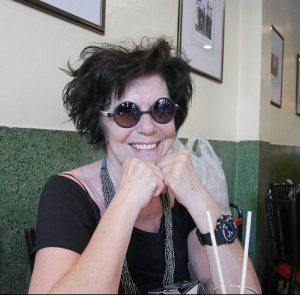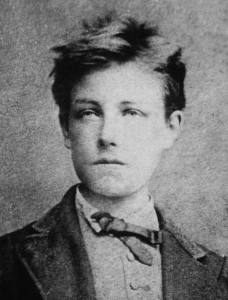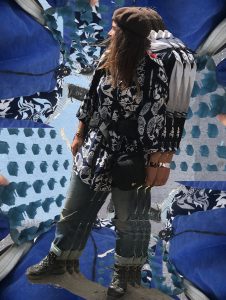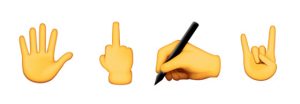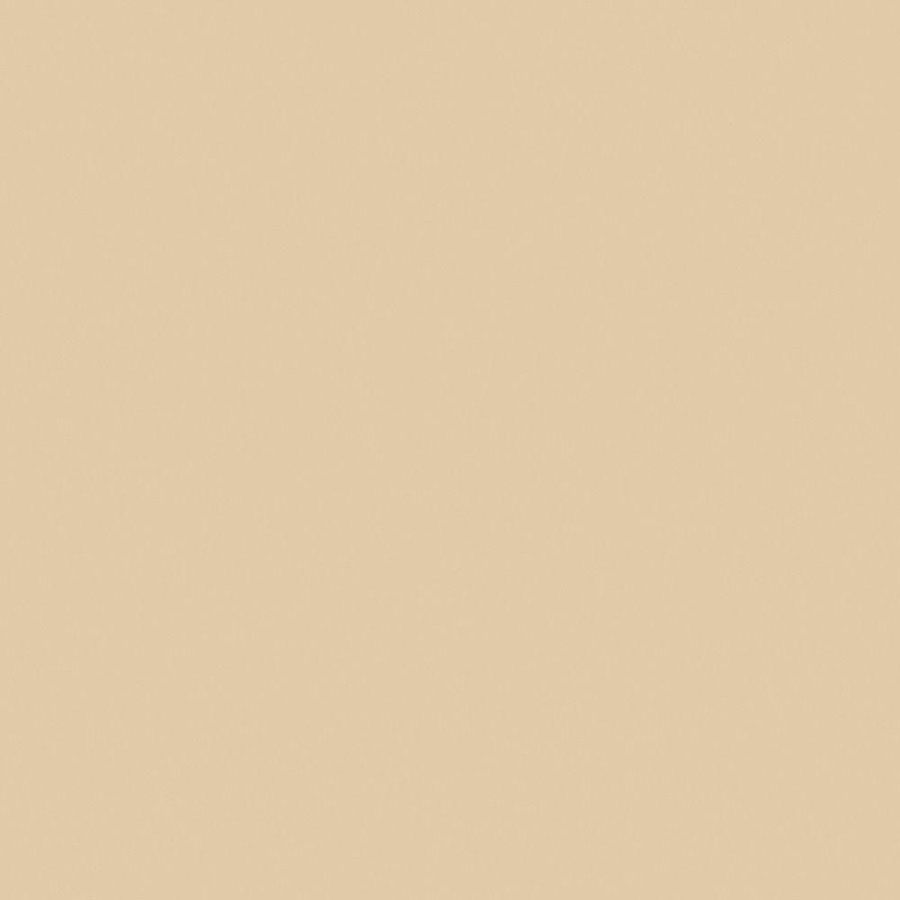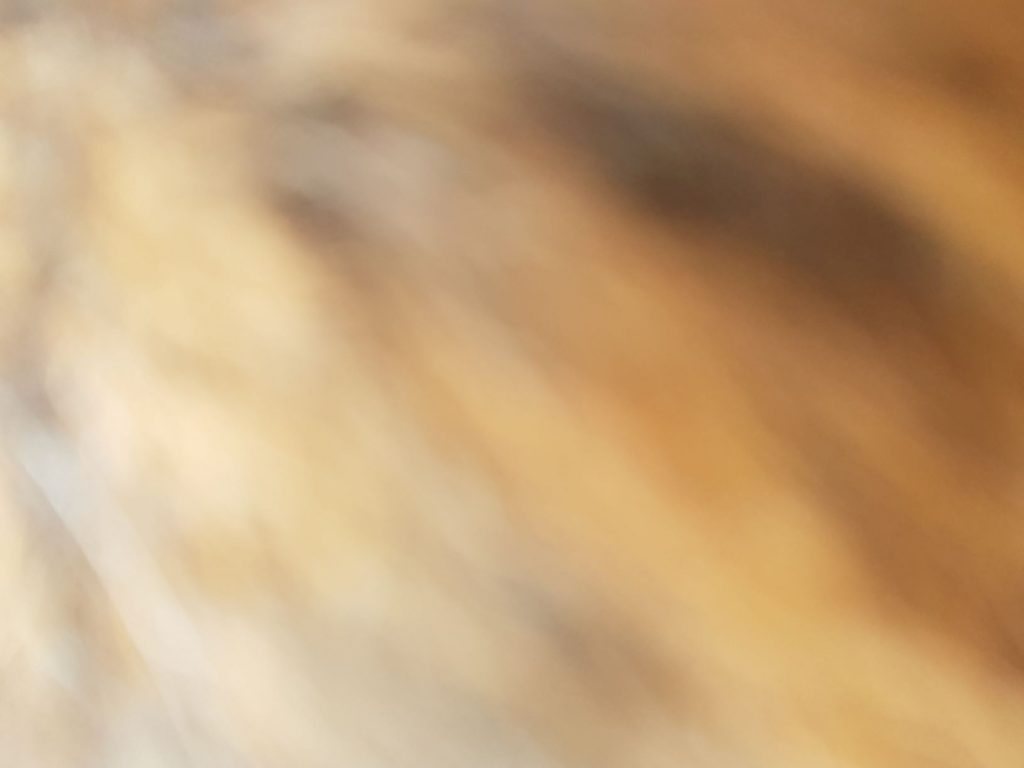As I walk into the silence of the library I think about the strategy I will use to find my second book. I think about my three previous used keywords: instinct, courage, and contradiction.
The first logic step would be to firstly follow the keyword ‘instinct’. So I slowly walk by the thousands of books, observing, stroking the covers, hoping I will be pulled towards one, like a magnet. As the pressure of silence and choosing begins to come up, I decide to use the computer. Still the source which is easiest and most tempting to turn to.
The letters which form the word instinctive do not yield anything. It would’ve been an interesting find. Finding a word with the keyword ‘instinctive’ through an opposite way.
There goes my easy way out to find a book which I think would connect with my previous three keywords.
So I continue with the second, courage. This time few books show up, but none in one of shelves we are allowed to take a book from. Another sight, another loss of another keyword.
Finally I put my last keyword in the source machine, contradiction. Last but not least, it results in a find. A book by Robert Venturi: Complexity and Contradiction in Architecture. I followed the directions that were given me and found a boring looking book on the second top shelve. Opposite from my first book I noticed the cover was very flexible and didn’t feel like a ‘concrete’, constructed book. A bit disappointed with my find I sat down and began to observe the book. Having very little knowledge about architecture I noticed that I had some ‘primitive’ expectations of the book. As said before it had a flexible cover, which stood opposite from my
. I had expected a firm book, since I refer architecture to firm structures. Strong, solid, tight and well constructed buildings. In that sense the format of the book really was contradictory to it’s subject.
717 ven 1
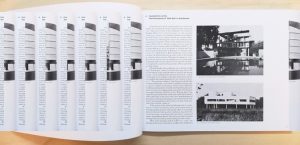

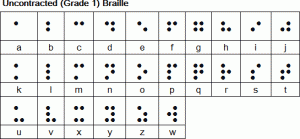
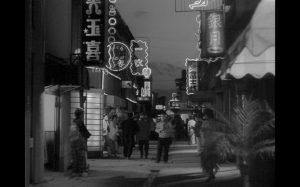



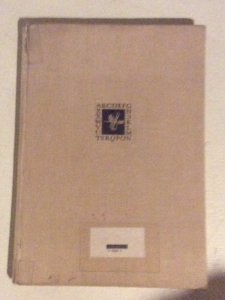
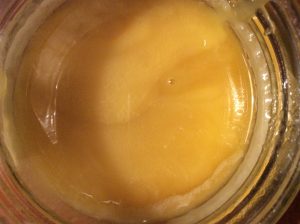 This is honey.
This is honey.
